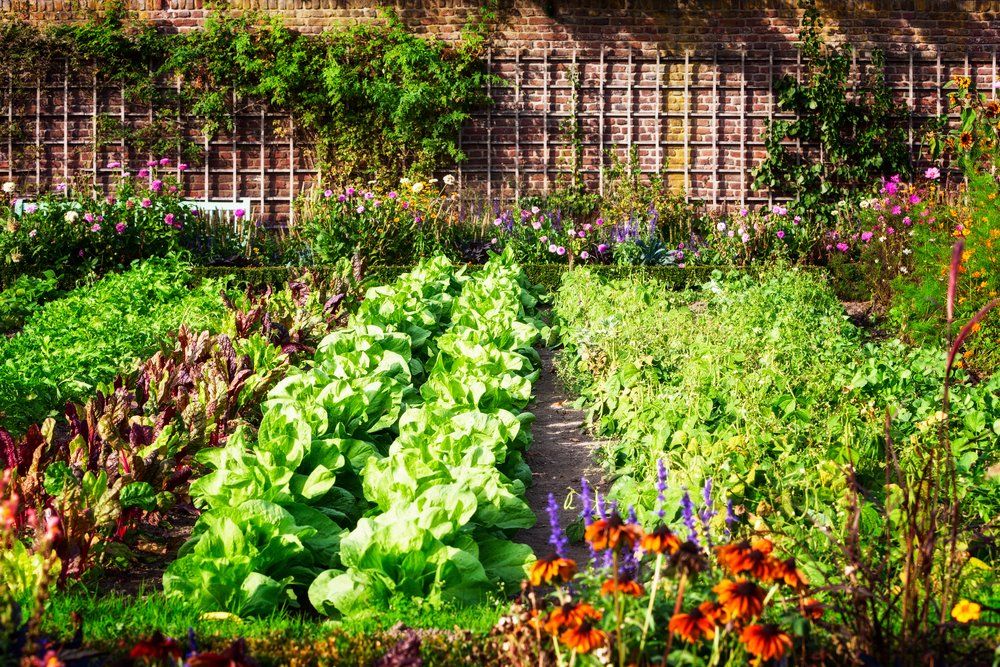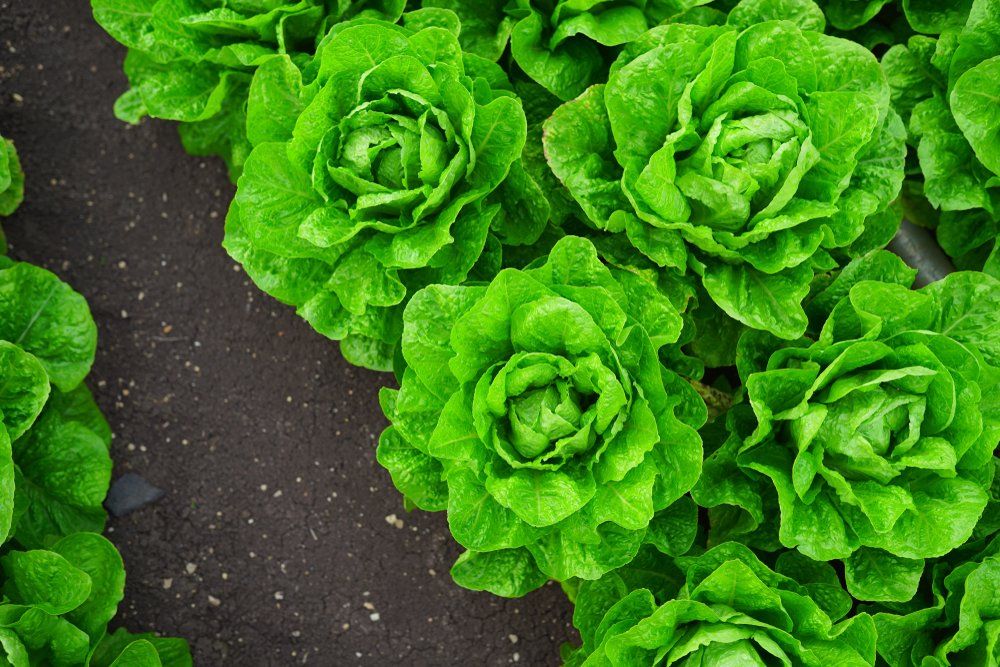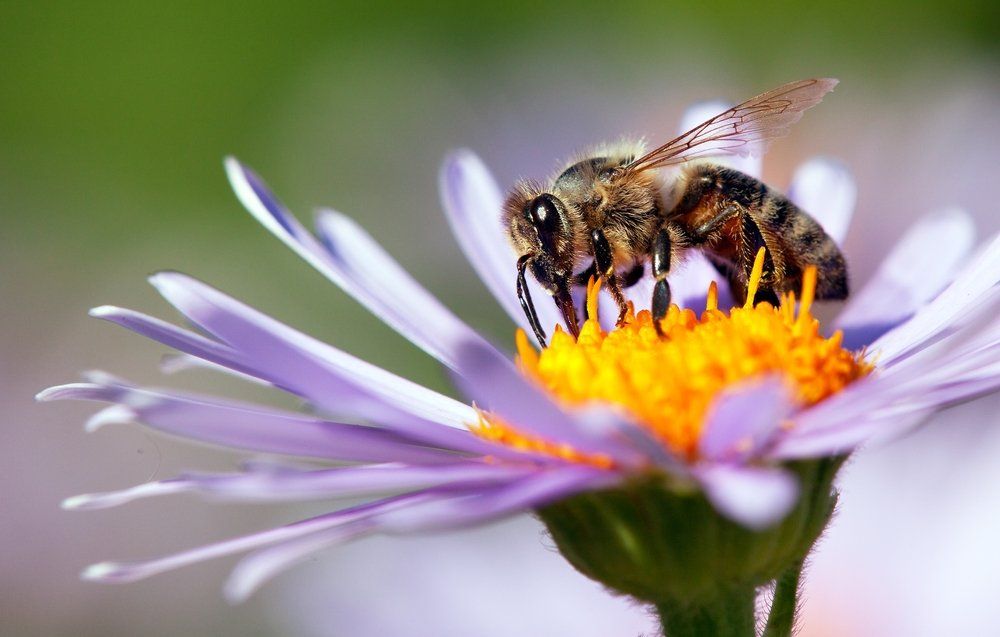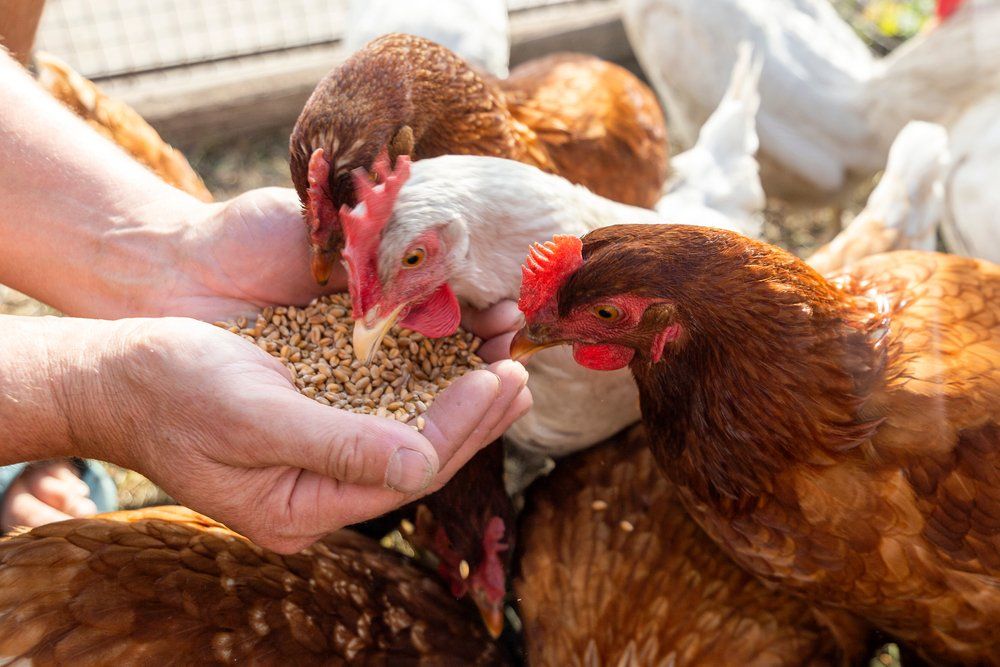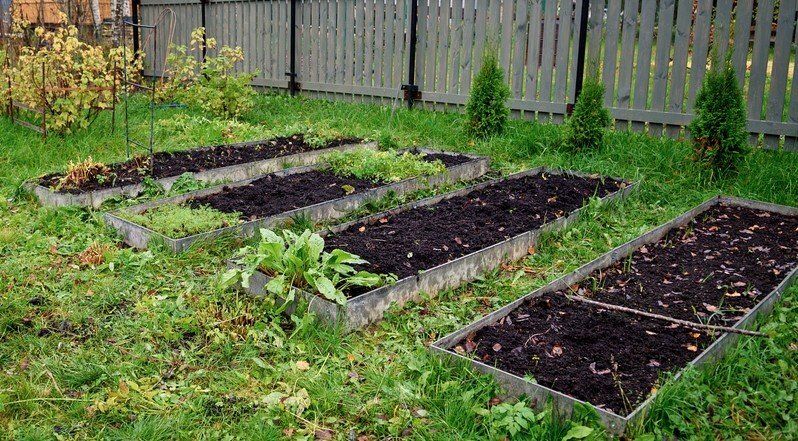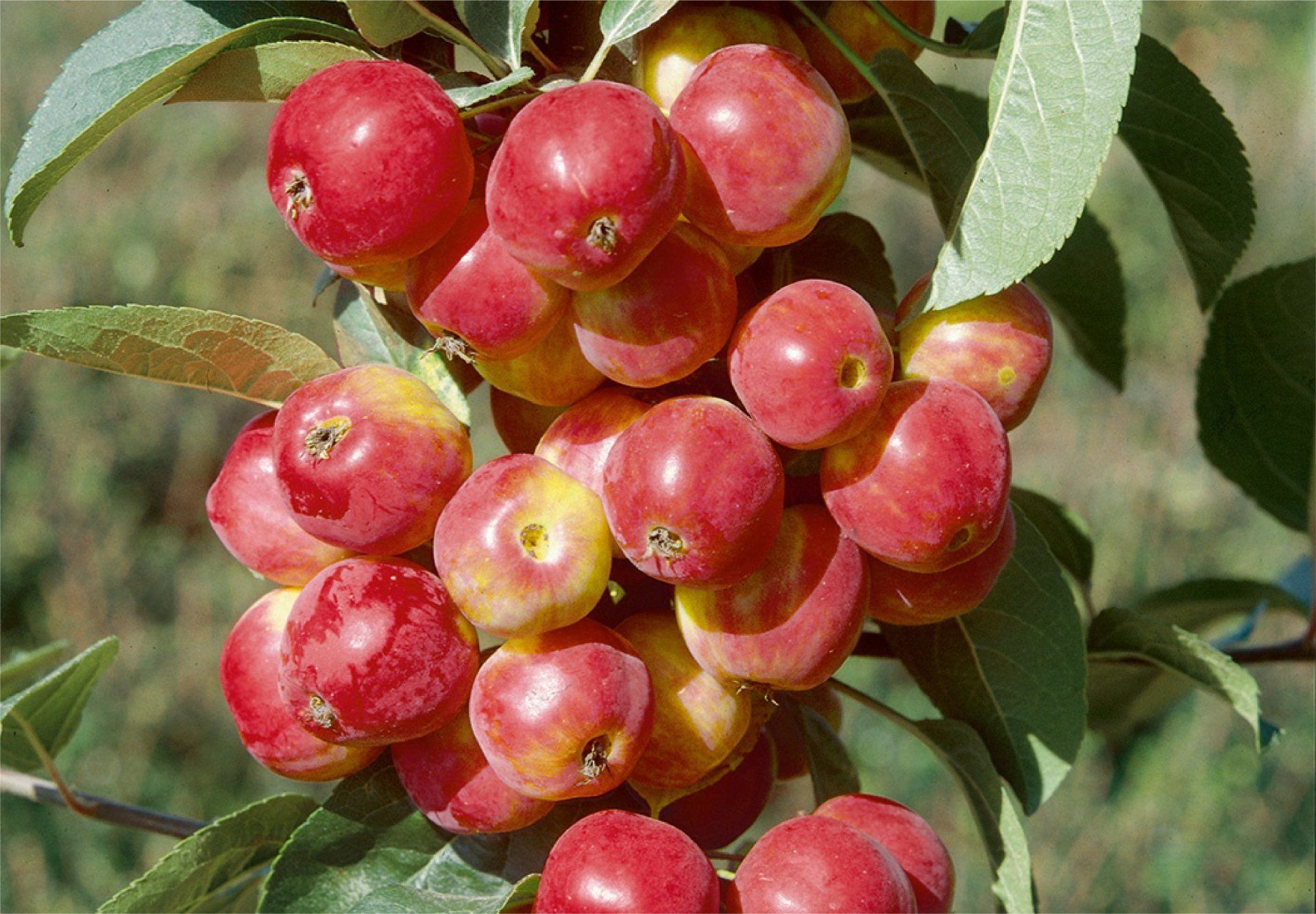Bringing back the vege patch
As a baby boomer I grew up at a time where the ‘backyard garden’ was a major supplier of food to the family table.
Having a family of avid gardeners provided me with the opportunity to learn gardening skills from an early age which I have continued to develop throughout my life. I was also fortunate to hone my knowledge by entering school garden competitions which were commonplace in the 1950-60s.
With the change of lifestyle from the 1970s onwards, children these days no longer have the opportunity that many of us baby boomers had. We seem to be busier and having easily available food from the supermarket has led to the loss of gardening skills.
However, now that we are all spending more time at home due to Covid-19, starting a vegetable garden has become a hot topic with many garden centres selling out of seeds and vegetable plants prior to the lockdown commencing. I think people are also becoming more interested in knowing where their food comes from and are moving toward living more sustainable lives. Gardening also has plenty of health and wellbeing benefits which are increasingly important during this time of uncertainty.
With more time on your hands, put your food waste to good use by using our CompostZing system. It is such a simple and quick way to turn your food waste into an excellent source of nutrients for your soil and is odour free to boot.
Even if you only have a small section, there are many ways to make the best use of the space. Container gardening is a popular choice, plus there are now several dwarf fruit tree varieties which take up little space, while providing a fun activity for the whole family to enjoy.
A great example is my columnar apple tree pictured above. These trees grow upwards and produce a good amount of fruit, while only taking up a little bit of space. Pears, peaches, nectarines, and apricots are also available as dwarf varieties for your garden.
Get the family involved in preparing a new garden bed or if you already have one you could make this into a practical educational project for your children by getting them to do some online research about how to boost the soil nutrients before you start. Have a look at some of my earlier blog posts for a good starting point.
As we head into the middle of autumn, it is a great time to revamp your existing vege patch or prepare a new one for spring planting.
- Sunlight: does it receive a good amount of sunshine?
- Shelter: is it located away from strong winds?
- Drainage: a well-drained area is desirable. If you have heavy clay soils which drain poorly, then consider building raised beds to compensate
- If you have a ‘green cover’ such as lawn or a weed-infested area you need to remove this cover. This can be done by:
- Laying down a heavy mulch to prevent light reaching the plant cover. Use heavy cardboard or black plastic sheeting.
- Cultivating the ground by digging over to ‘bury’ the ground cover. Winter is a good time to do this as frosts will help breakdown lumps of turf and soil.
- 2-3 handfuls per square metre
- If you have clay soils, break down the clay by adding Gypsum.
- Use at least 5-10kgs of good compost per square metre.
- Recommended compost materials include composted bark, sawdust, pea straw or animal manure (horse, poultry, or sheep).
- If you don’t have access to the materials above visit a garden centre and buy some organic compost.
- Investing in good quality compost each year helps to create a top-quality soil in a short time and you’ll benefit from an excellent crop of nutrient dense food for many years.
- Continue to add ZingBokashi fermented food waste on a regular basis to help maintain soil quality.

